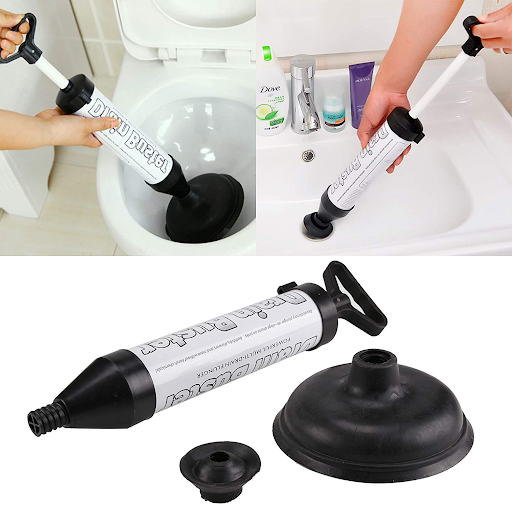How Much Does A Furnace Installation Cost In 2022?
RH Business Marketing Solutions
A furnace is your home’s primary heat source. It produces heat and distributes it evenly throughout your home via air vents and ducts. Hence, it’s important to ensure that it’s in good working condition, especially if you live in a cold region.
However, the older your furnace gets, the more likely it’ll break. If that happens, you’ll need to have your furnace replaced with a new one. Also, don’t hesitate to ask furnace installation experts for assistance whenever necessary.
When your furnace is no longer functional, the cost of a new one will be one of your top concerns. Installing a new furnace typically costs between USD$2,800 and USD$7,000; however, many factors can affect the final number.
So, what are these factors, anyway? This article will explain the cost of furnace installation, including the elements that drive it up and down. By reading this guide, you’ll be able to prepare yourself ahead of time. After all, addressing furnace issues can be expensive.
The Type Of Furnace
Although furnaces have similar functions and attributes, they’re not powered in the same manner. Some furnaces operate using electricity, while others use natural gas or oil.
Here are the three types of furnaces you’ll need to know:
Electric Furnace: This type of furnace costs around USD$2,000 to USD$7,000. It generates heat using electricity via heat coils; then, it’ll be distributed across your home through your air vents and ducts. However, you have nothing to worry about as it doesn’t use too much electricity to function.
Gas Furnace: Unlike electric furnaces, a gas furnace uses natural gas to produce and distribute heat across your home. The cost of installing a gas furnace may cost between USD$3,000 and USD$10,000, depending on its efficiency, whether high or low. Of course, a high-efficiency gas furnace costs more than a low-efficiency one.
Oil Furnace: This type of furnace uses neither gas nor electricity, but oil to generate and distribute heat. It’s also the most expensive type of furnace, costing between USD$6,000 and USD$10,000 (or even higher) to install. However, it’s found to be safer than gas furnaces because it’s less likely to cause leaks and explosions.
If you want to save on your new furnace, go for the electric one. It’s efficient and doesn’t require too much electricity to operate. However, it doesn’t live long, unlike gas and oil furnaces, which have a lifespan of a decade or more when maintained properly.
Size Of A Furnace
The size of a furnace is measured in British thermal unit (BTU), depending on the size of your home. To compute the right furnace size, get the measurement of your home in square feet and multiply it by 40.
For example, if your home measures 3,000 square feet, you’ll need a 120,000-BTU furnace. You can go more than that if you live in extremely cold regions.
Generally, the cost is around USD$2,000 per 1000 square feet, which has about 40,000 BTUs. A larger home may go as high as USD$7,000. And, if your home has plenty of ceiling windows, consider a higher BTU because it allows more heat to penetrate your home.
Furnace Efficiency
Efficiency is an important factor to consider when choosing a furnace. If a furnace produces and distributes heat efficiently, you’ll be able to save more energy and money in the long run. However, high-efficiency appliances tend to be more expensive than those that aren’t, although they help save you a lot over time by lowering your consumption.
To determine if one is more efficient than the other, obtain their average monthly energy consumption. If it’s 25% more efficient than your current furnace, then that’s what you need to purchase.
Brand
The furnace brand is another important factor to consider. Most popular furnace brands cost more than those who aren’t. But, it doesn’t mean that those who are cheaper than them aren’t up to the task. Sometimes, less popular brands are more efficient than popular brands. So, make sure to research both popular and less popular brands before making a decision.
When Should You Install A New Furnace?
Here are the telltale signs that you need to install a new furnace:
If your furnace is 15 years or older
If it starts to produce unnecessary noise
If it gets louder and louder over time
If some parts of your home don’t get warm
If it gets rusty
If some functions aren’t working properly
If your energy consumption or bill suddenly increases
Final Words
Installing a new furnace may be required if you don’t have one yet or if your current one shows signs of malfunction. The cost typically goes around USD$2,000 to USD$7,000 (or even higher), but it depends on some factors. These include the type, size, efficiency, and brand of the furnace. To determine what’s best for your home and your budget, consult a furnace installation expert right away.























